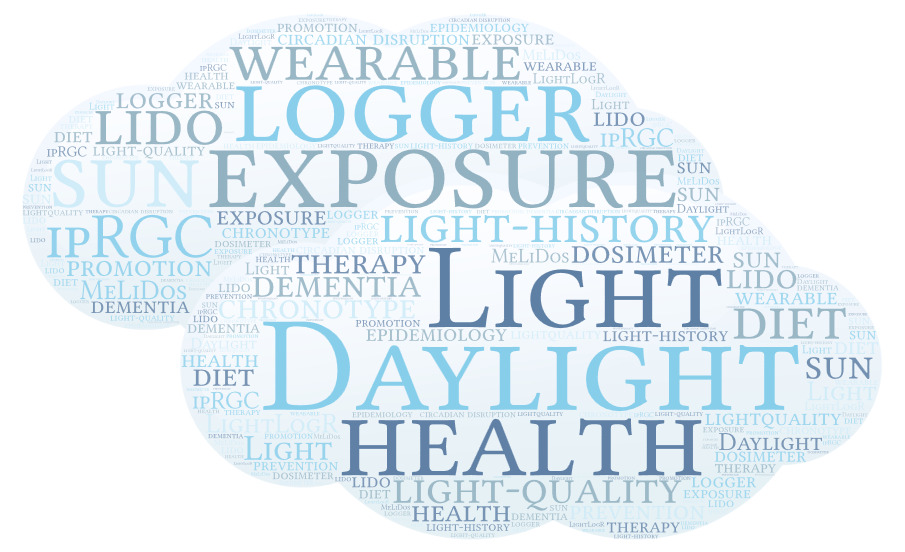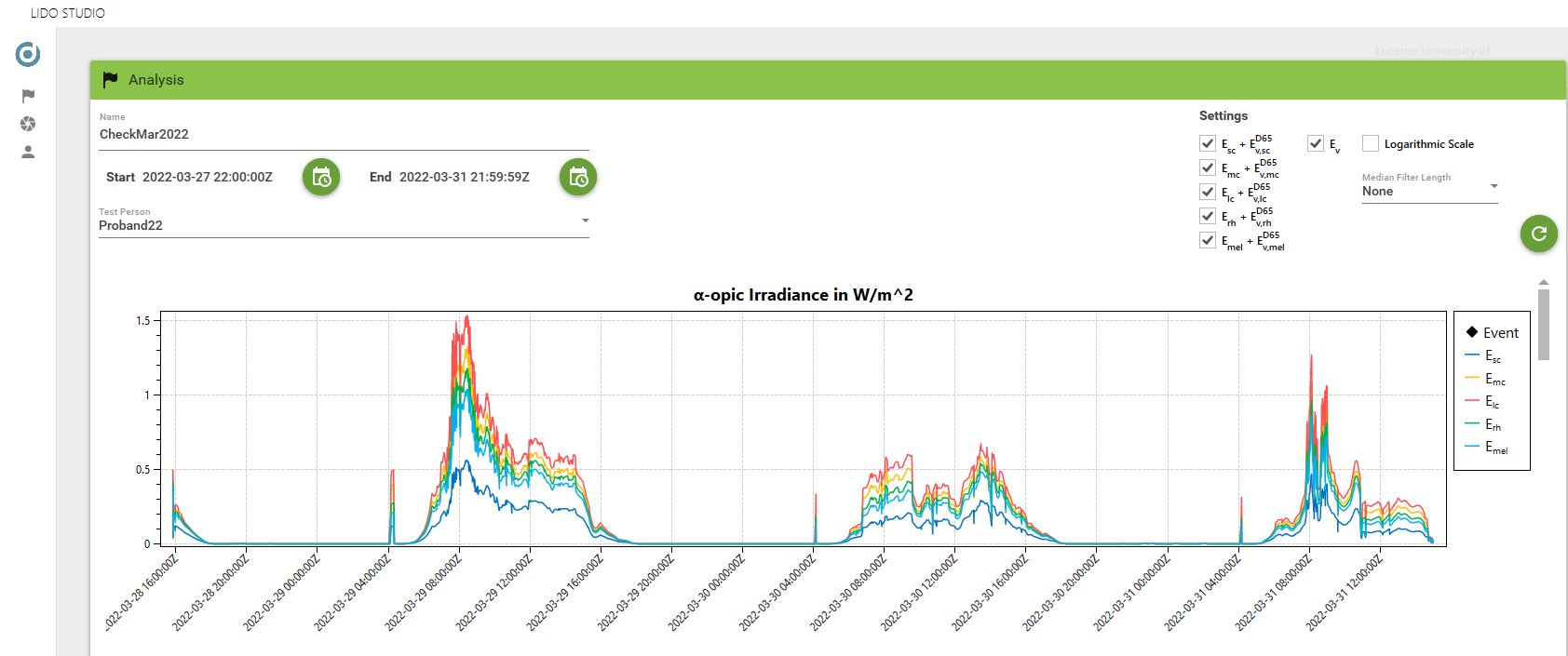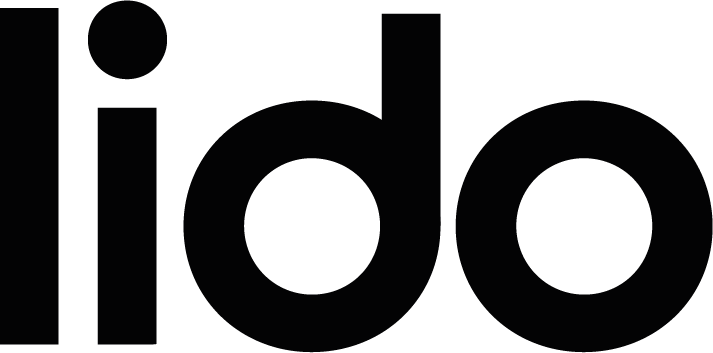Welcome to lido
The lido is a cutting-edge light-dosimeter and light-logger designed to capture light-exposure near the eye with unparalleled accuracy. Our mission is to help researchers, healthcare professionals, and organizations better understand how daylight and artificial light influence human health and well-being.
Why Measure Light-Exposure?
- Light-Quality & Health: Studies show that exposure to the right light at the right time can boost alertness, improve mood, and regulate hormones. Conversely, getting too little or too much light—especially at the wrong time can lead to circadian disruption. In our 24-hour society, issues such as shift work and jet-lag are increasingly common, contributing to poor sleep, metabolic disorders, and mental health challenges
Recognition by the WHO: The World Health Organization (WHO) has acknowledged that circadian misalignment can pose risks to physical and mental health. In particular, shift work with nighttime disruption has been linked to potential long-term health consequences, underscoring the importance of accurate light-exposure measurement
Non-Visual Effects: Specialized cells such as ipRGC (intrinsically photosensitive Retinal Ganglion Cells) help regulate our internal clock, influencing our chronotype, hormone release, and susceptibility to conditions like dementia. Tracking personal light-history can guide interventions like light therapy to support well-being.
By collecting precise data on your light-diet, we help you promote healthier daylight habits and prevent the pitfalls of circadian disruption—improving overall health and daily performance and make the world a little bit brighter.


DEVICE
The light-dosimeter (lido) is a mobile measurement device to investigate the non-visual responses to light. Attached to a pair of glasses, it records a person’s light exposure in the near-corneal plane, which is viewed as the best available proxy to retinal irradiation by most researchers. Thanks to a bespoke mounting it can be taken off during a recording, if required. The custom-made software «Lido Studio» converts the measurements into the metrics standardised in CIE S 026:2018. Data can be analysed directly in Lido Studio or exported as a PDF report or a comma-separated values (CSV) file for further in-depth time-series analyses. The light-dosimeters were tested by the Swiss Federal Institute of Metrology (METAS). The reports are available upon request.
The light-dosimeters’ key specifications are:
- Spectral range: 380 nm – 780 nm
- Intensity range: from 5 lx – 100k+ lx
- Measurement interval: 10 sec
- Battery life: 7 days
- Interface: Micro-USB
- Metrics used according to CIE S 026:2018
- Tilt measurements
- Event marker
- IP20
This data sheet summarises the light-dosimeters’ key features.

CURRENT PROJECTS
![]()
MeLiDos EURAMET
directly involved: University of applied science Luzern
Chronolite – IoT-Standard für chronobiologisch wirksame Beleuchtung im Mobilitätssektor
Contact partner: Technische Universität Ilmenau, Ilmenau
more information
Velux Stiftung 1730
directly involved: University of applied science Luzern
more information
Velux Stiftung 1775
directly involved: University of applied science Luzern
more information
CONTACT
Let’s Illuminate Your Research and Environment
Are you ready to explore how LiDo can revolutionize your understanding of light, health, and circadian well-being? Reach out today:
Lucerne University of Applied Sciences and Arts
School of Engineering and Architecture
Technikumstrasse 21
6048 Horw
Switzerland
We look forward to collaborating with you—together, we can shape the future of daylight, light therapy, and prevention strategies against circadian disruption.
